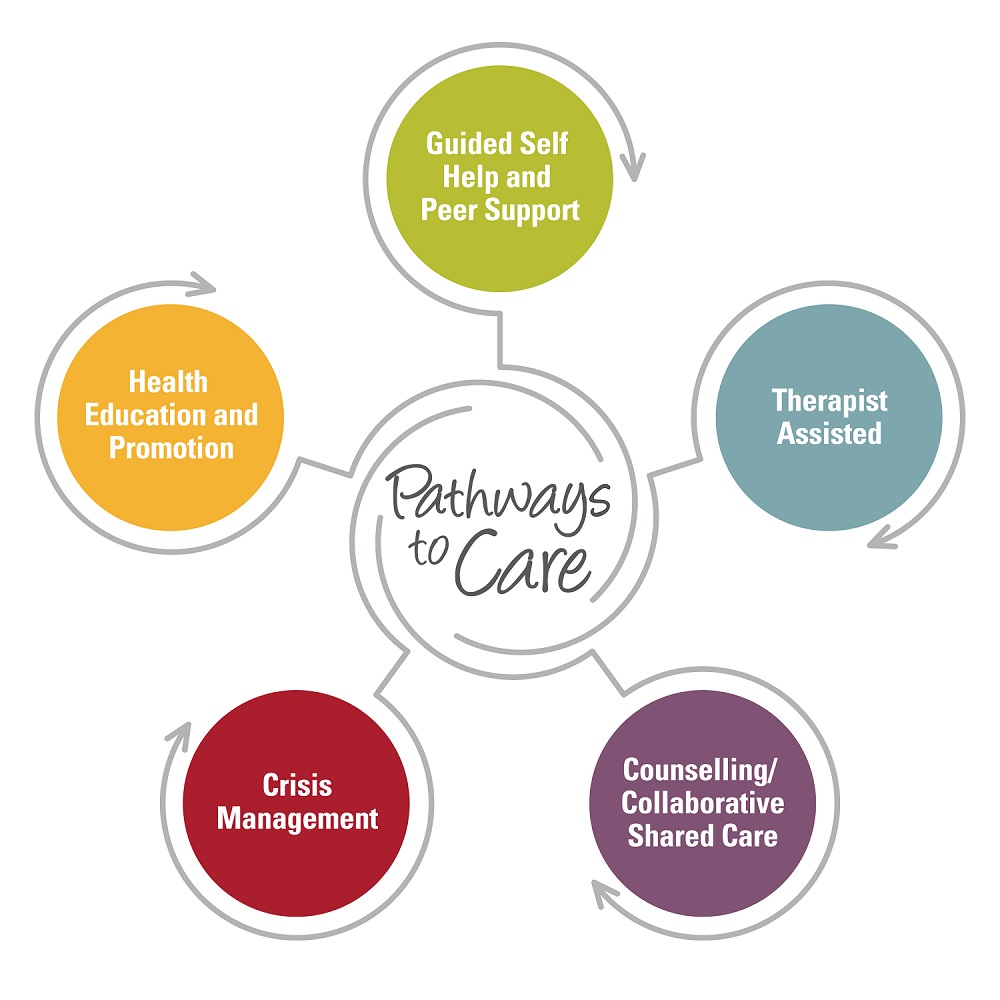Mental Health Help: What are Your Options?

Despite having the highest prevalence of mental illness, people aged 16-24 are cited as being reluctant to seek help. For some, this stems from the desire to be self-reliant; others are concerned about inconvenience or don’t know where to go (Gulliver et al., 2010). Even without a mental illness, the university experience can be a stressful one. Between academics, a social life, a part-time job, life events, and extra-curricular activities, it can be tough to find time to take care of yourself. But with the topics of mental wellness and illness gaining traction in recent years, students are becoming aware of the need to monitor their mental health and are seeking assistance in managing the stresses of life and school.
Regardless of your concerns surrounding accessing mental health resources, the Student Wellness Centre (SWC) has a broad range of services and resources to help both undergraduate and graduate students. Pathways to Care highlights these mental health and wellness programs in a way that is more visually accessible, and which Pathway(s) you use is determined by both self direction and professional intervention.
Paths could include a combination of some of the following:
Health Education and Promotion
involves accessing self-help resources which are often informational in nature.
Guided Self Help and Peer Support
relies on support from peers; it introduces talking to those with similar personal or life experiences and can happen in spaces like the MSU Maccess, the Women and Gender Equity Network (WGEN), or the Student Health Education Centre (SHEC). You may also find it useful to utilize apps like Welltrack, which can assist with mild to moderate anxiety and depression via self-help interactive therapy.
Therapist Assisted
is a Pathway with moderate professional intervention. For example, you can learn coping strategies from a therapist by participating in a psychoeducational group. Some people may find it helpful to have one-on-one counselling for a brief period of time.
Counselling/Collaborative Shared Care
involves a greater degree of professional intervention. Group therapy programming is still accessible to you, but you are more likely to use one-on-one help. The team that helps you may include a counsellor, physician, and/or psychiatrist.
Crisis Management
is for individuals experiencing a mental health emergency and requiring immediate assistance, such as being suicidal or experiencing psychosis. This pathway involves the highest level of professional intervention.
Navigating these Pathways is not something you have to do alone. The SWC’s consultation model allows you to meet with a counsellor for a brief, 15-20 minute appointment, after which you’ll be given appropriate options. If desired, you can move between Pathways or use more than one – it all depends on what you and your counsellor decide on together.
It can also be challenging to know when you should seek help. It might be a good idea to visit the SWC for a consultation appointment if you have been experiencing at least one of the following:
- Feeling overwhelmed by your emotions, or dissatisfied with the way
things are going in your life - Feeling like you are struggling to cope with life’s challenges
- Experiencing distress more frequently or intensely than usual
- Friends suggesting that it might be good to talk to somebody.
The various Pathways to Care can help you acquire the coping skills needed to handle anything that life throws your way, and the SWC is here to help you take those steps.
Sources
